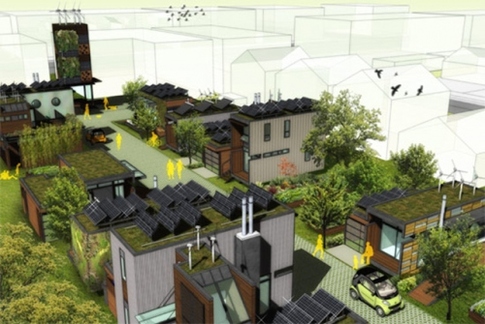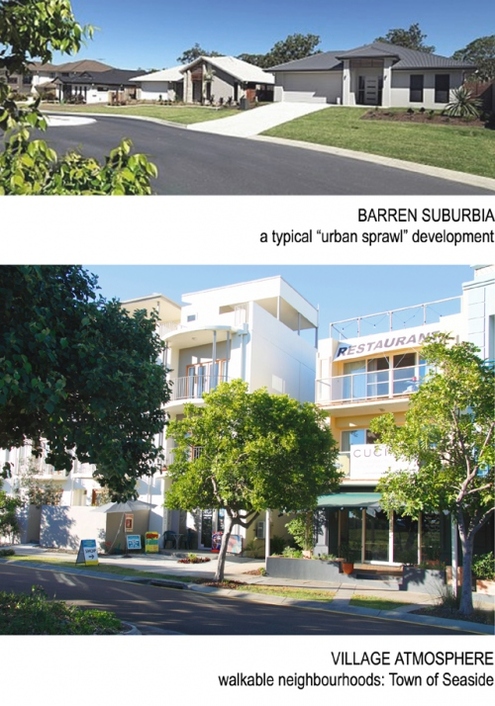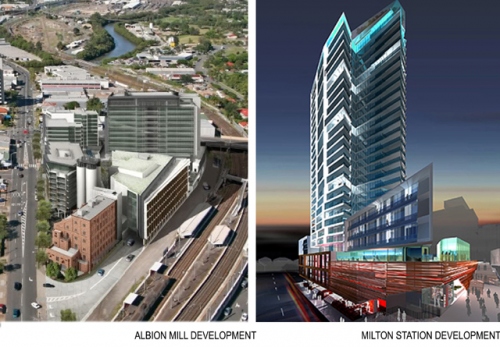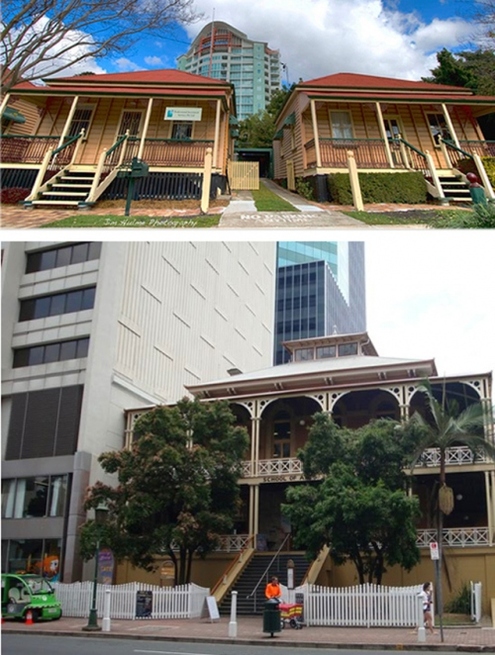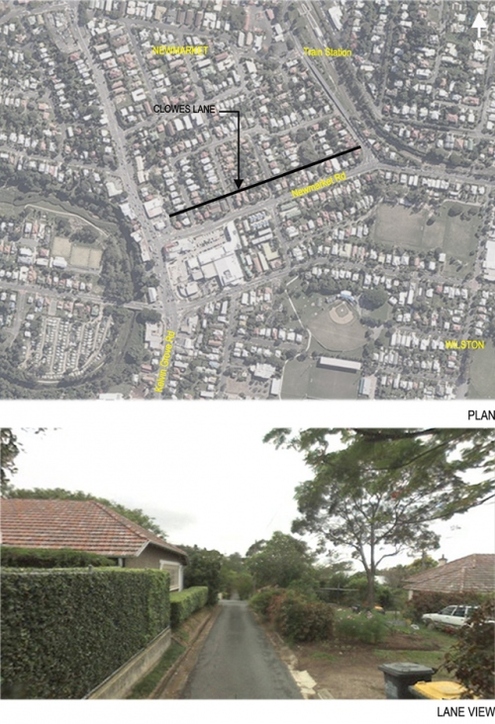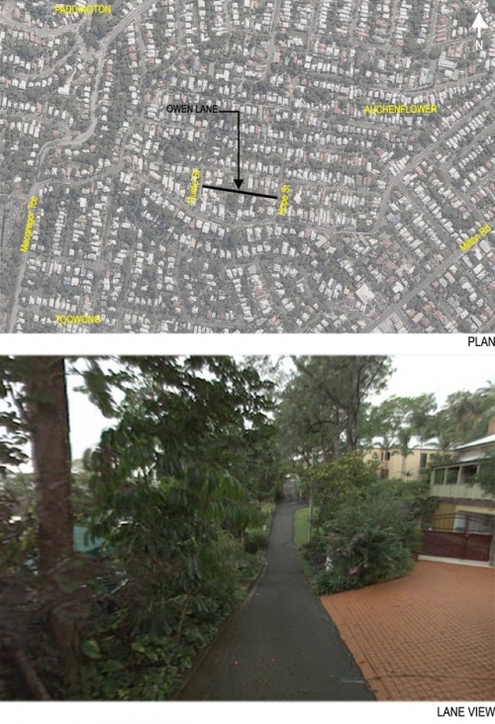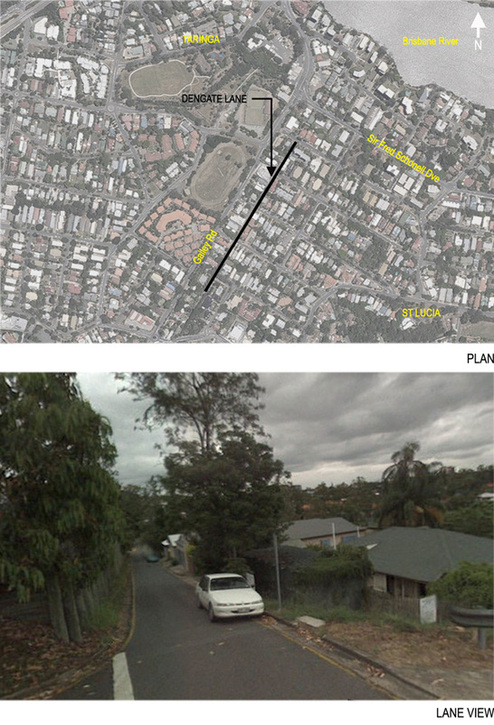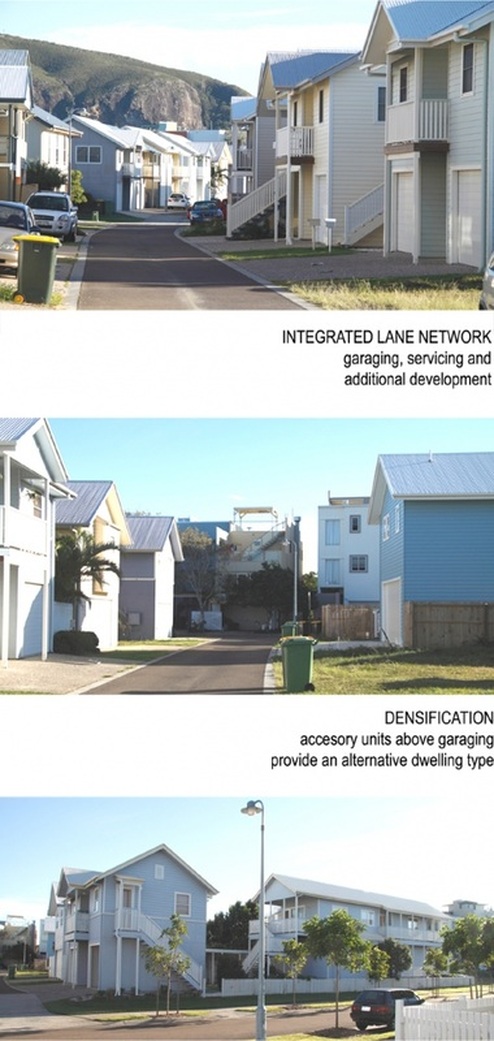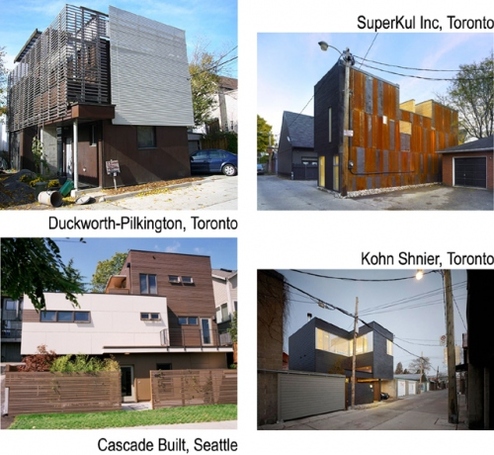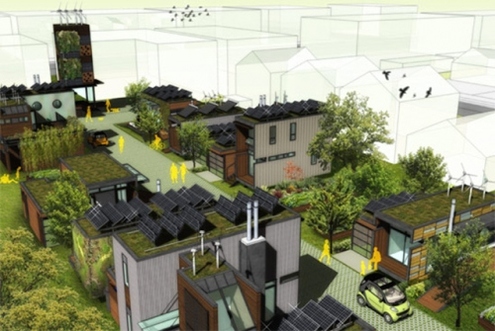News
In addition to progress reports on work we are undertaking, this section of our
site provides commentary on topical issues where we want to express our
opinion. In this way, our attitudes are revealed.
site provides commentary on topical issues where we want to express our
opinion. In this way, our attitudes are revealed.

